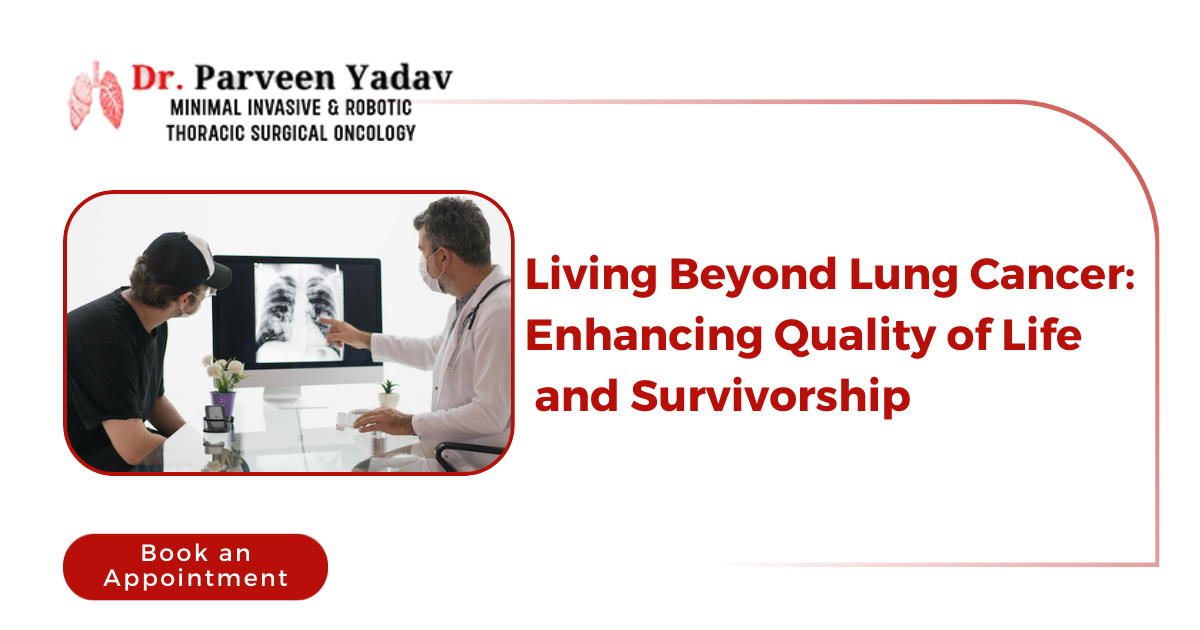

A lung cancer diagnosis can be overwhelming, but with advancements in treatment and care, many individuals are now living longer and enjoying a better quality of life. "Living beyond lung cancer" has become a reality for numerous survivors, emphasizing the importance of addressing not only the medical aspects of the disease but also the emotional, social, and psychological well-being of patients. In this blog, we will explore strategies for enhancing the quality of life and survivorship of individuals who have faced lung cancer.
Embracing Survivorship: Survivorship begins at the moment of diagnosis.
The journey includes the period of active treatment, transitions to post-treatment care, and continues throughout life. Embracing survivorship involves a multidimensional approach that empowers individuals to lead fulfilling lives after their lung cancer experience.
Conclusion:
Living beyond lung cancer is about more than just surviving – it's about thriving. By addressing physical, emotional, and psychosocial aspects, survivors can enhance their quality of life and find a renewed sense of purpose. The journey through survivorship is unique for each individual, but with a comprehensive and proactive approach, lung cancer survivors can embrace their new chapter with hope, resilience, and a commitment to living their best lives
Learn how advanced robotic surgery treats thymoma and esophageal cancer with greater precision, minimal invasion and improved recovery beyond lung-focused care.
Get a transparent breakdown of the true cost of robotic lung surgery in India in 2026, including treatment, technology, hospital fees, and recovery expenses.
Discover why international patients prefer India for lung cancer treatment, with affordable costs, high-quality care, advanced technology and shorter wait times.
Copyright 2026 © Dr .Parveen Yadav all rights reserved.
Proudly Scaled by Public Media Solution!